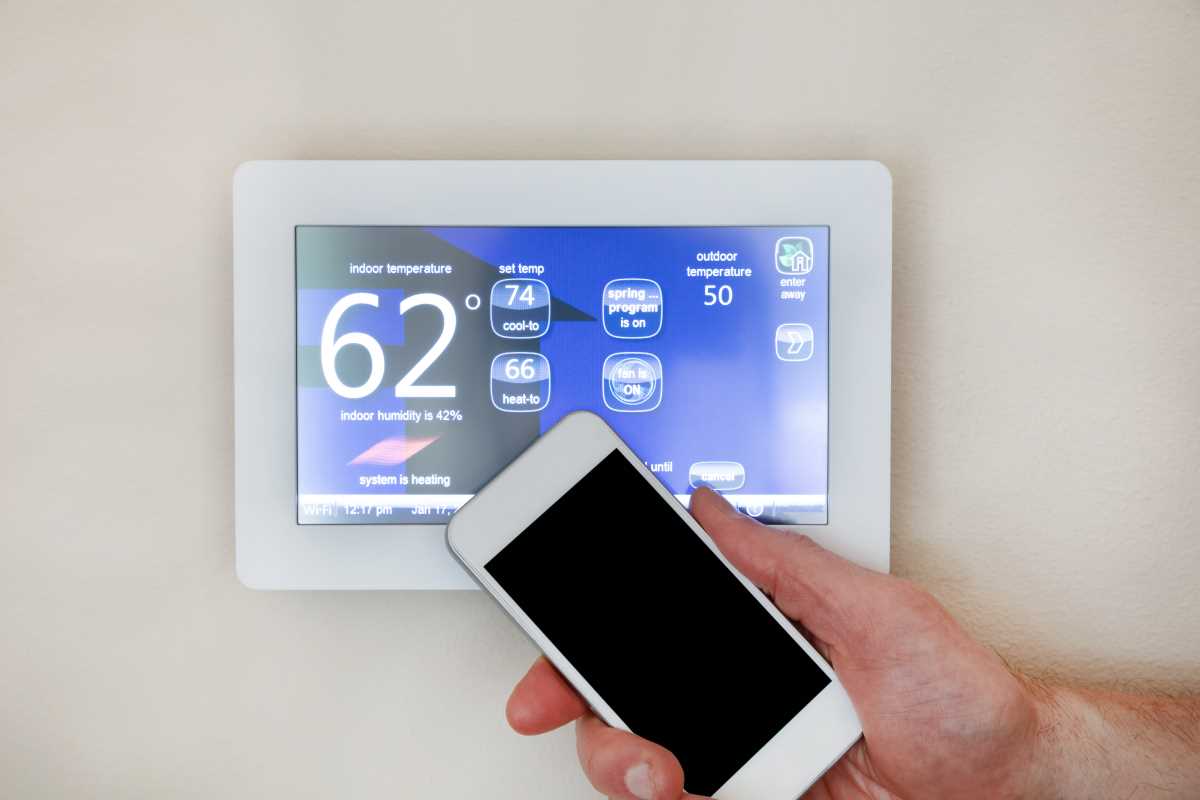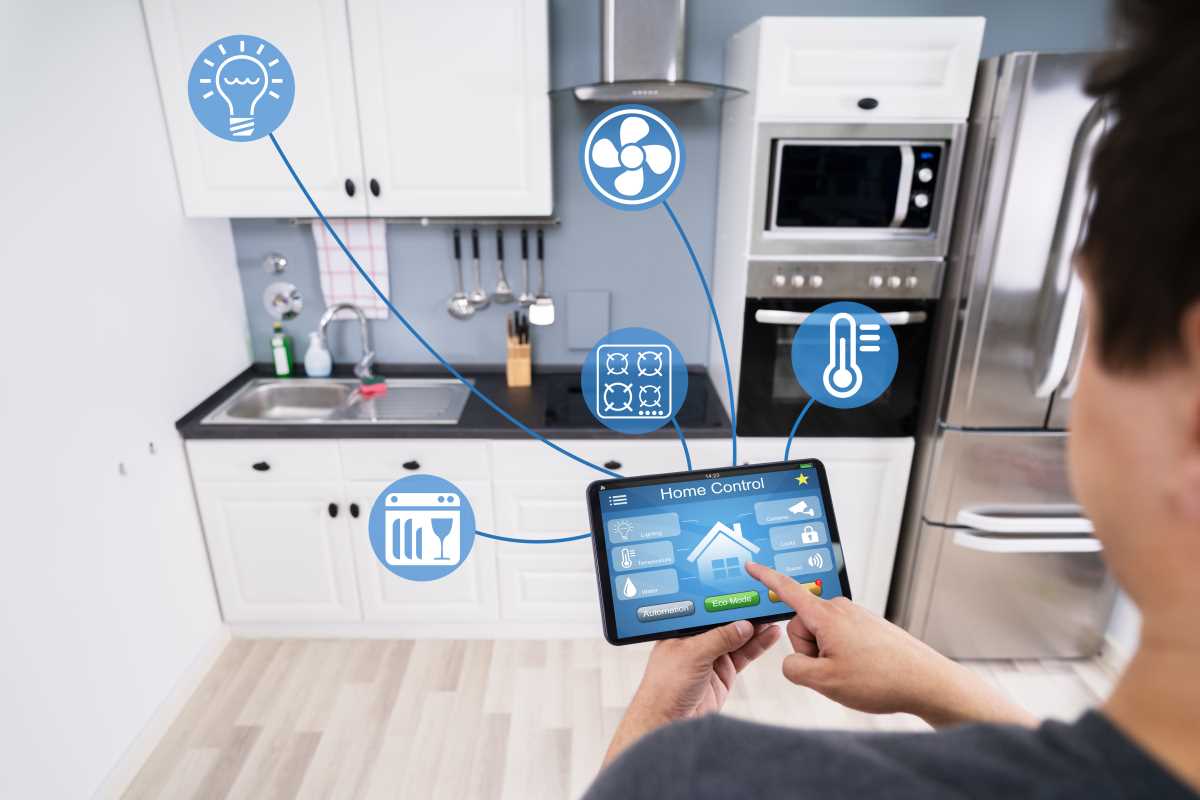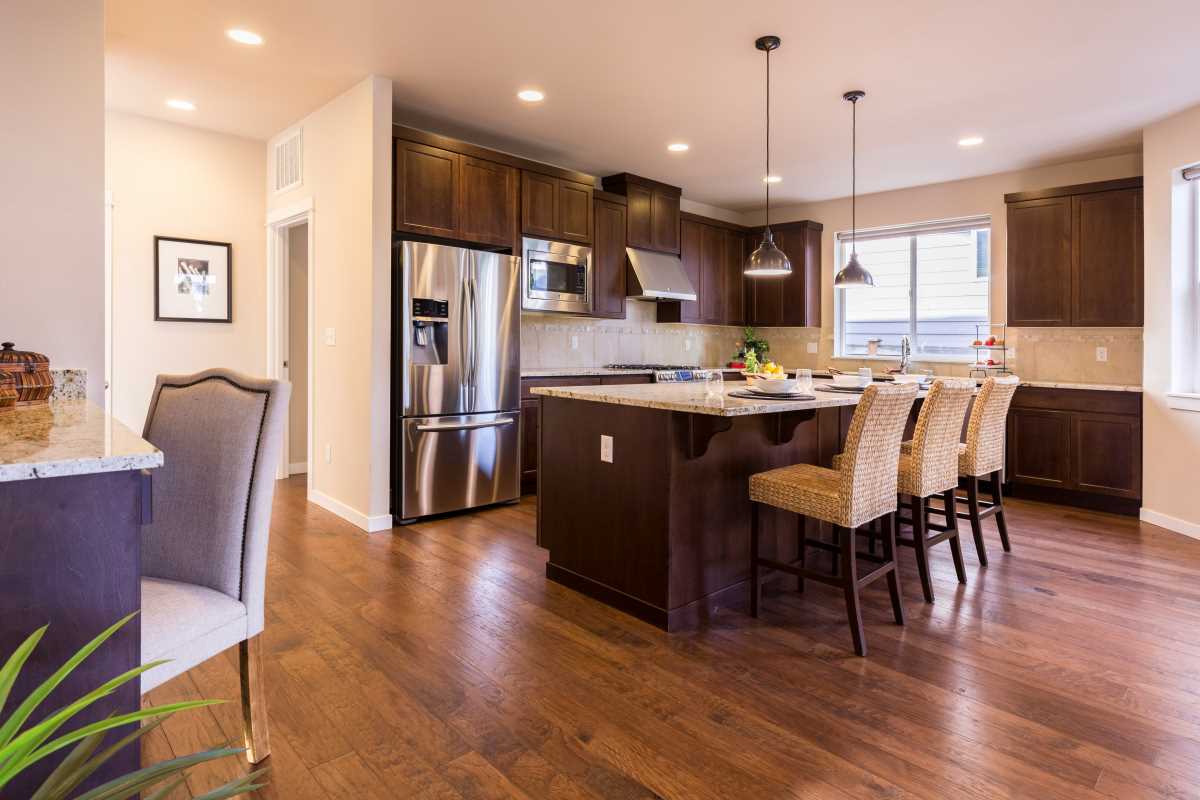You get the mail, and there it is again—the utility bill. It feels like no matter what you do, it just keeps creeping higher. You turn off lights when you leave a room and try not to run the water for too long, but it feels like a losing battle. Small moments of waste, like forgetting to adjust the thermostat before leaving for the day or leaving a charger plugged in, add up. What if your home could start making those smart decisions for you? This is where sustainable smart home technology comes in. These clever upgrades don’t just add a cool, futuristic feel to your house; they work behind the scenes to cut down on energy and water use, which is great for the planet and even better for your wallet.
What Makes a Home Smart and Sustainable?
A “smart home” is simply a home equipped with devices that can be controlled remotely via a phone or computer, or that can operate automatically. A “sustainable” smart home takes this a step further by using that intelligence specifically to reduce its environmental footprint. It’s not about having a talking refrigerator that orders milk for you. It’s about creating an ecosystem of connected devices that work together to use energy and water as efficiently as possible. This means your home's heating, lighting, and appliances learn your habits and adjust themselves to save resources without you even having to think about it.
The Smart Thermostat: Your Energy MVP
One of the biggest energy hogs in any home is the heating and cooling system. A smart thermostat is the easiest and most impactful upgrade you can make. These devices learn your schedule and preferences, automatically lowering the temperature when you’re away and warming things back up just before you get home. Some advanced systems even use sensors in different rooms, a practice known as zoning, to heat or cool only the spaces you are actually using. This simple change prevents you from wasting tons of energy on an empty house, leading to significant savings on your heating and cooling bills.
Brilliant Lighting That Thinks for Itself
Forgetting to turn off lights is a classic energy-waster. Smart LED lighting solves this problem completely. You can replace your old bulbs with smart LEDs and control them from an app, setting schedules so they turn on at sunset and off at bedtime. Even better, you can pair them with motion sensors. A light in a hallway, bathroom, or closet can turn on when you enter and automatically turn off after you leave. Since LEDs already use far less energy than traditional bulbs, adding this layer of automation ensures you’re only using electricity precisely when and where it’s needed.
Appliances That Monitor Their Own Diet
Modern smart appliances, from washing machines to dishwashers, now come with powerful energy-monitoring features. Through an app, you can see exactly how much energy and water each cycle is using. Many of these appliances have eco-modes that you can schedule to run during off-peak hours when electricity is cheaper. This not only helps you make more informed choices about your usage but also empowers the appliance to operate in the most efficient way possible, trimming down both your energy and water consumption with every load.
Saving Water with Smart Tech
Water waste is another major drain on resources and your budget. Smart water technology can make a huge difference. Small, easy-to-install leak detectors can be placed near pipes under sinks or behind toilets. If they sense moisture, they send an alert straight to your phone, helping you catch a small drip before it becomes a disastrous and expensive flood. For those with a yard, smart irrigation systems are a game-changer. They connect to local weather forecasts and only water your lawn when it’s actually needed, preventing you from watering the grass in the middle of a rainstorm.
Getting Ready for a Solar-Powered Future
As more people consider solar panels and home batteries, a smart home becomes even more valuable. Smart electrical panels can intelligently manage your home's power flow, deciding when to pull energy from the grid, when to use power from your solar panels, and when to store excess energy in a battery for later. Some utility companies offer "demand response" programs that will pay you to reduce your energy usage during peak times. A smart home can automate this process, seamlessly powering down non-essential devices for a short period to help stabilize the grid and earn you a credit on your bill.
Simple Routines for Any Home
You don't have to own a home to make it smarter and more sustainable. Renters can benefit from many plug-and-play devices. Smart plugs can turn any "dumb" appliance, like a fan or a lamp, into a smart one that can be put on a schedule. You can create simple automation routines like "Good Morning," which turns on the lights and a coffee maker, or "Goodbye," which ensures everything is turned off when you leave. These small, automated habits help eliminate phantom energy draw from devices left on standby, chipping away at your electricity bill day by day.
Your Privacy in a Connected Home
When you fill your home with connected devices, you are also generating a lot of data about your lifestyle. It's important to be mindful of your digital privacy. When choosing smart home products, opt for reputable brands that are transparent about their data policies. Be sure to use strong, unique passwords for all your smart home apps and enable two-factor authentication whenever possible. A secure smart home is just as important as an efficient one.
Tracking Your Savings Over Time
How do you know if these upgrades are actually working? Start by creating a simple benchmark. Before you install any new tech, look at your last few utility bills to get an average monthly usage for electricity, gas, and water. After your smart devices have been up and running for a few months, compare your new bills to the old ones. Most smart device apps also have built-in dashboards that show you your energy consumption in real-time and provide reports on how much you’ve saved, giving you clear proof that your smart, sustainable choices are paying off.
 (Image via
(Image via





